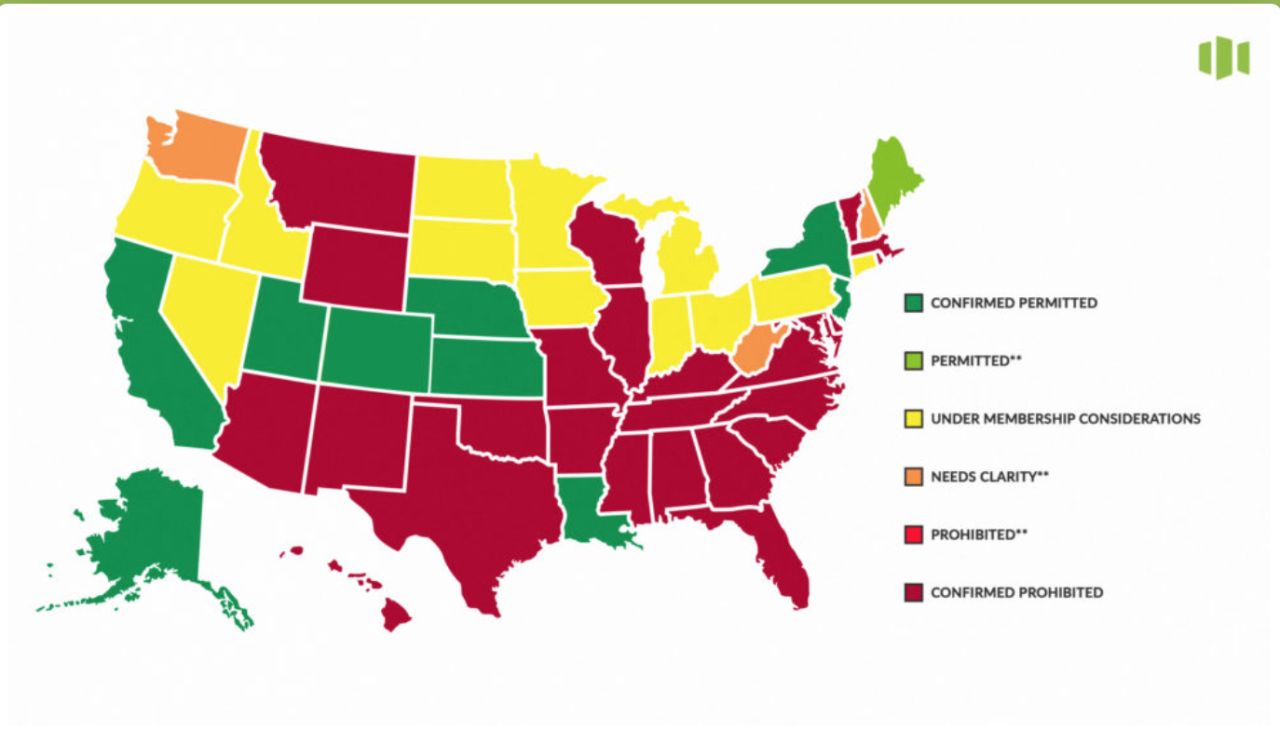CUYAHOGA FALLS, Ohio — Beginning next week, high school principals across the state will vote on whether or not to allow high school athletes to profit off their likeness.
On Monday, several administrators gathered in Northeast Ohio to learn what that would look like if a proposal rule change with the Ohio High School Athletic Association were to pass.
"We’re just trying to shape our own landscape of what this should look like," Doug Ute, OHSAA executive director said. "Students can’t receive cash for playing, but they can sign deals on their own without any representation of the school."
For OHSAA Executive Director Doug Ute, there is still a line in the sand when it comes to athletes and their school activities and what happens online and in the community as part of the proposal.
"Who are we to limit someone making money; if I model, I might be a five star athlete but I model on the side without any representation from my school - That should be allowed," he added.
The proposal would not allow athletes to partner with businesses tied to alcohol, gambling or drug use, but they would be able to promote all sorts of businesses and brands—from the local pizza shop to a national brand and everything in between.
At this time, there is no limit to how much a teenager could bring in when it comes to endorsements.
Just last year, a U.S. Supreme Court ruling freed up college athletes to make money while in school, creating a brand new industry for marketing and endorsements.
For eighth-grader Marcus Johnson of Garfield Heights, the move would open up quite a few doors for the 14 year old, widely regarded as one of the top basketball athletes in the class of 2026 nationwide.

In an era where “likes” brighten the spotlight, what Marcus Johnson lacks in age he makes up for in mastering the market for his name, image and likeness, accumulating nearly 40,000 followers on Instagram.
"Times are changing and opportunities are about to come, and this is just the start of something that’s going to get bigger and better," his father Sonny Johnson said. "It can affect a lot of people in a good way and a lot of families in a good way and there’s a lot of people who don’t have much."
While the proposal allows athletes to finally cash in on the fruits of their labor at a time they may be hitting their own personal peak, others say name-image-and-likeness should be left to the pros, not those trying to pass a history test.
Joe Vasalotti serves as coordinator of athletics for Akron Public Schools, and six of his principals are among the more than 800 across the state voting on the matter. And while the NIL proposal prohibits athletes from promoting businesses tied to gambling, alcohol or drugs, Vasalotti argues another limit should be put in place first.
"Maybe put some parameters on it in terms of what a student-athlete is permitted to earn in a calendar year, fiscal year or however they want to frame it," he said. "I expected the conversation [to happen] but not this quickly."
And while OHSAA rules strictly prohibit recruiting for athletics, Vasalotti adds the gap could widen between athletically dominant schools and the rest of the state.
"It might entice student-athletes to follow the dollar wherever that may be," he said. "Maybe now they’re motivated by the prospect of name, image, likeness profit more than what a school offers academically or athletically."
Ohio is one of a dozen states currently considering the measure, and if it passes the Buckeye State would join a handful that already allow it.
Braly Keller keeps a close on that legislation nationwide through his work at Opendorse, a nationally recognized NIL marketing company that connects brands with athletes.
"We’re starting to see this shift spread across the country," Keller said.

Keller told News 5, so far 70% of their deals take place in the social media space, meaning NIL deals aren’t just for athletes dominating on the court or between the end-zones, but also online.
"It’s that combination of high caliber athletes and high followed athletes that businesses have been looking for," he added.
Principals of OHSAA member schools are set to vote from May 1- May 16 on the matter as well as several other rule changes. If the NIL proposal passes, it would go into effect that same day.
It worth noting that in addition to high schools, some OHSAA member schools are middle schools. Ute told News 5 that if the proposal were to pass, those 7th and 8th grade students in participating OHSAA middle schools would also be eligible to participate and benefit in NIL endorsements.





